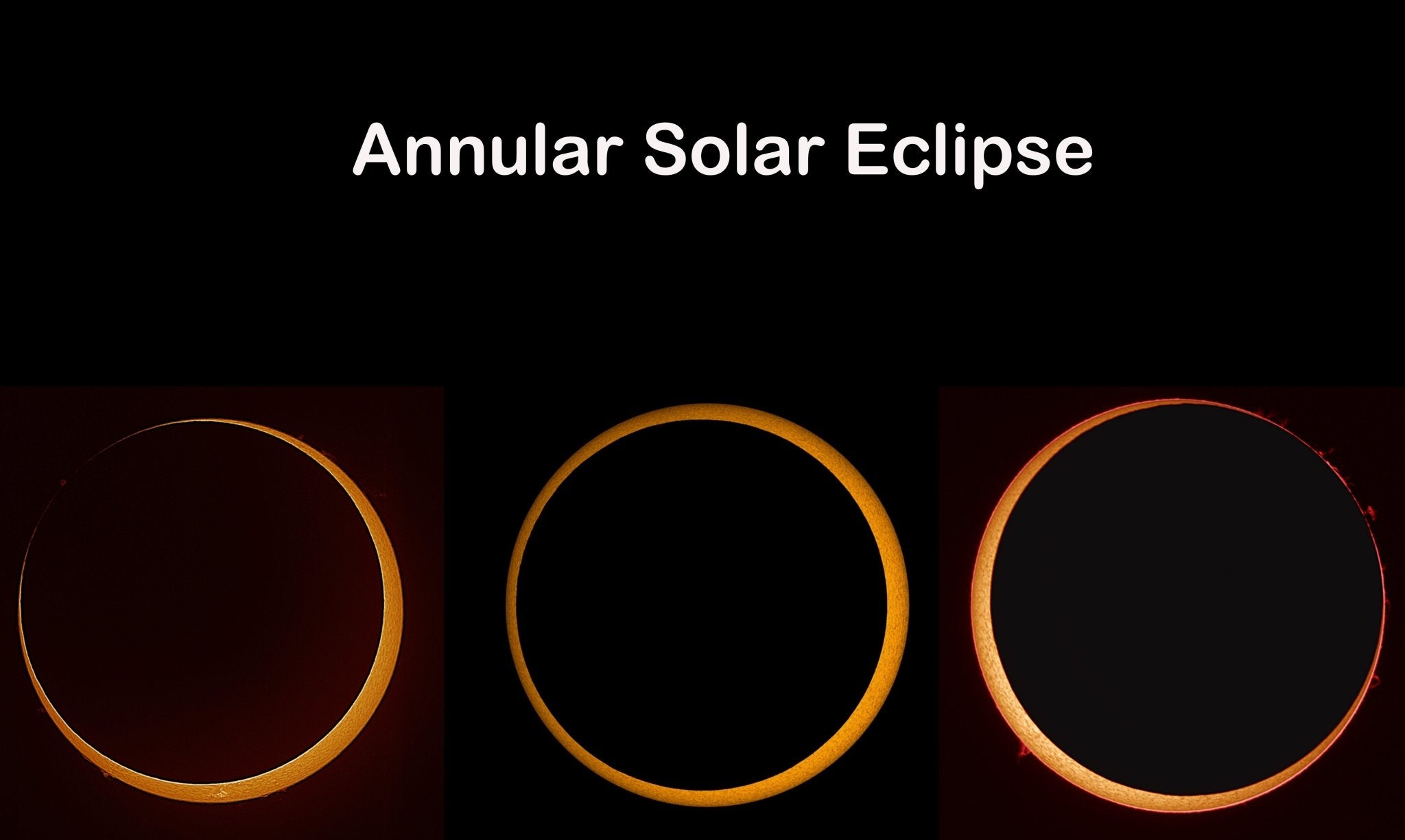Alright, let's chat about the October 2023 annular eclipse! You know, annular eclipses are pretty cool. They're sometimes called "ring of fire" eclipses because the moon doesn't completely cover the sun, leaving a bright ring visible. Picture a donut, with the moon being the hole in the middle and the sun as the delicious, glowing pastry around it. Yum!
Now, onto the duration. Eclipses aren't just blink-and-you-miss-it events. They have a few stages to them. There's the beginning, when the moon first starts to creep over the sun. This phase is called the "first contact". Then, the eclipse reaches its maximum, where the moon covers the most part of the sun it's going to for that event. This is the peak or the "ring of fire" moment for an annular eclipse. After that, the moon continues its journey and moves away from the sun, which is called the "last contact".
For the October 2023 annular eclipse, the entire event, from first contact to last, will last a few hours. However, the actual "ring of fire", the maximum eclipse when you see that complete fiery circle, will be much shorter. If we're talking numbers, the maximum phase, that "wow" moment, will last just a few minutes. So, while you might have some time to notice the moon slowly moving over the sun, you'll want to be ready and in place for the main event, because that dazzling ring will be a fleeting beauty!
In terms of viewing, remember to always use proper eye protection. Regular sunglasses won't cut it. Eclipse glasses or viewers are a must to protect your eyes. And if you're into photography, you might want to prep in advance to capture that brief but mesmerizing moment.
It's also worth noting that the exact duration can vary slightly depending on where you're viewing the eclipse from. Being at the centerline of the eclipse's path usually gives the longest duration of the "ring of fire". As you move away from that centerline, the duration gets shorter.
So, in a nutshell: October 2023's annular eclipse will span a few hours from start to finish, but the main attraction, the "ring of fire", will only last a few minutes. Mark your calendars, grab your eclipse glasses, and enjoy the celestial show!



Share:
The Superstitious History of Eclipses
How Did Eclipse Glasses Come To Be?